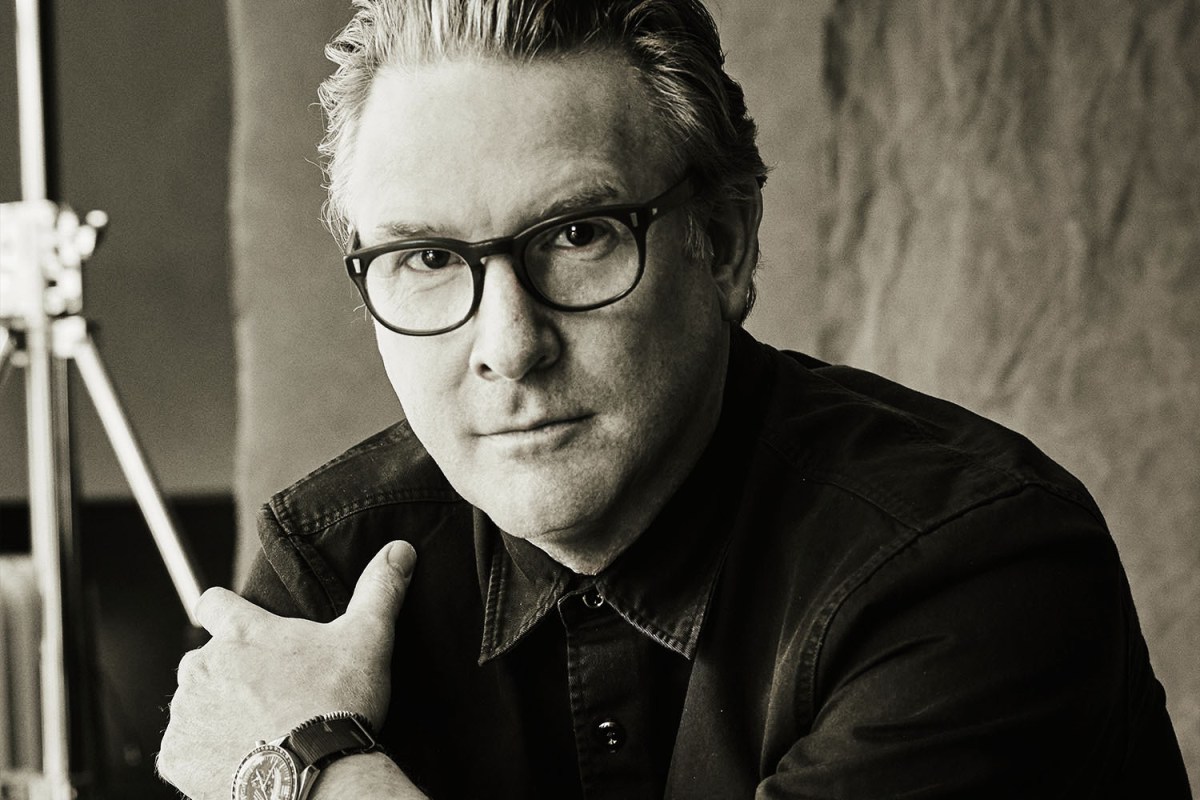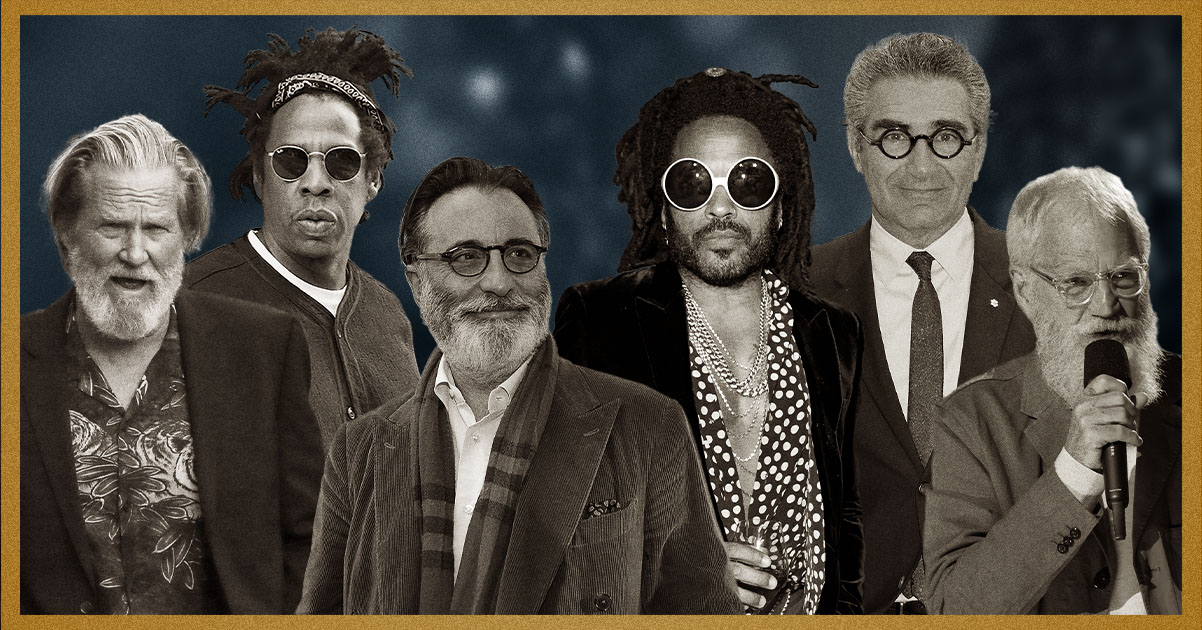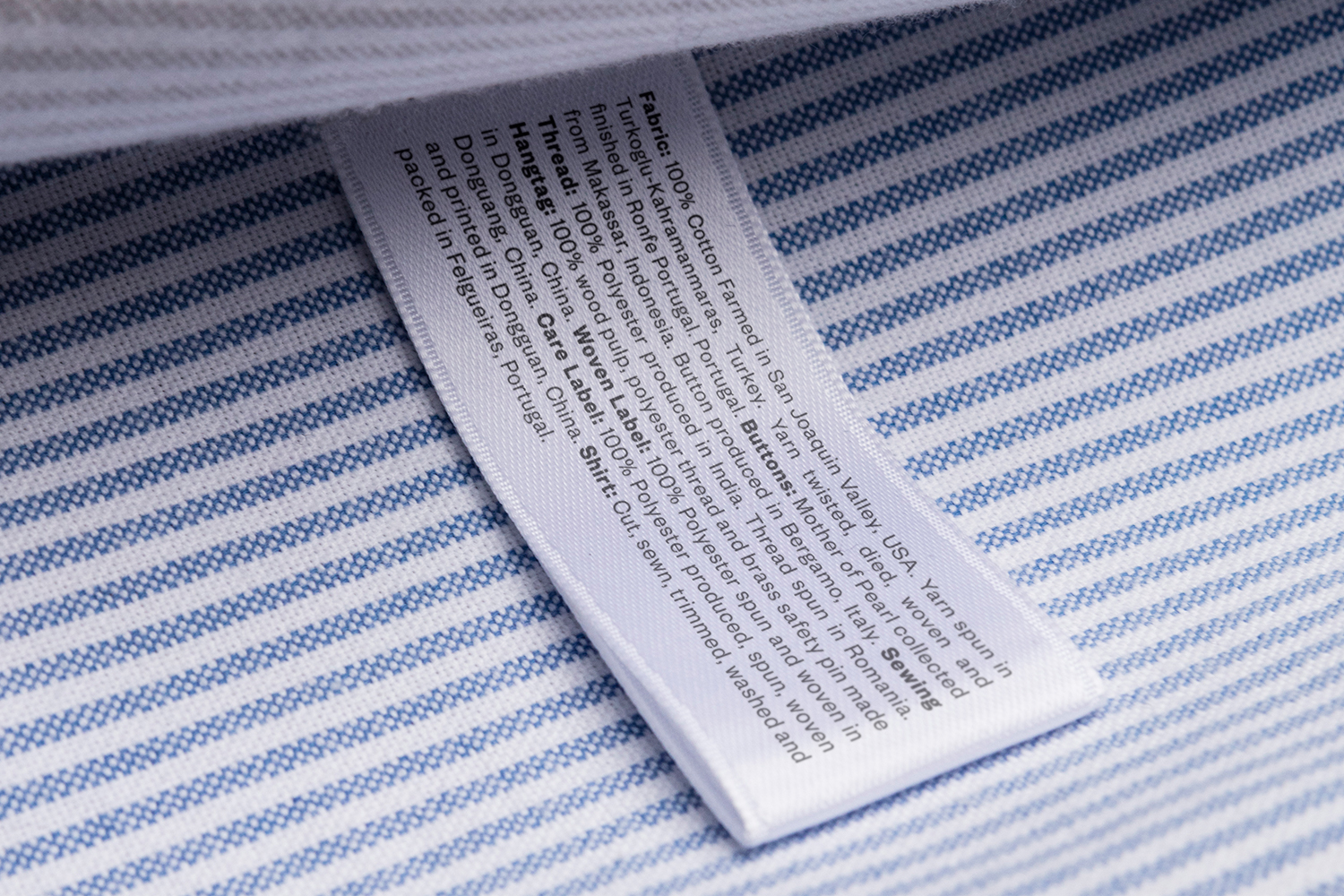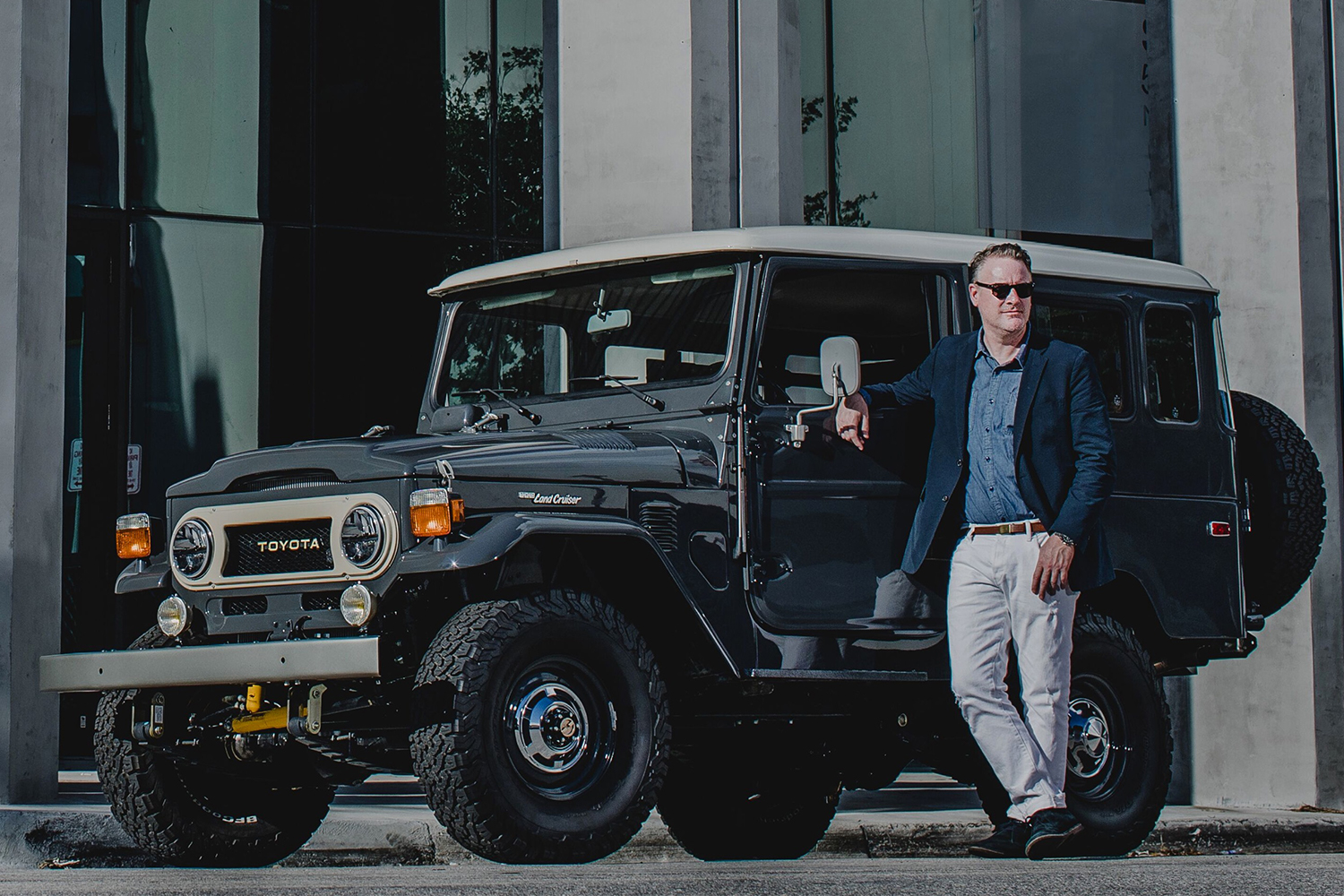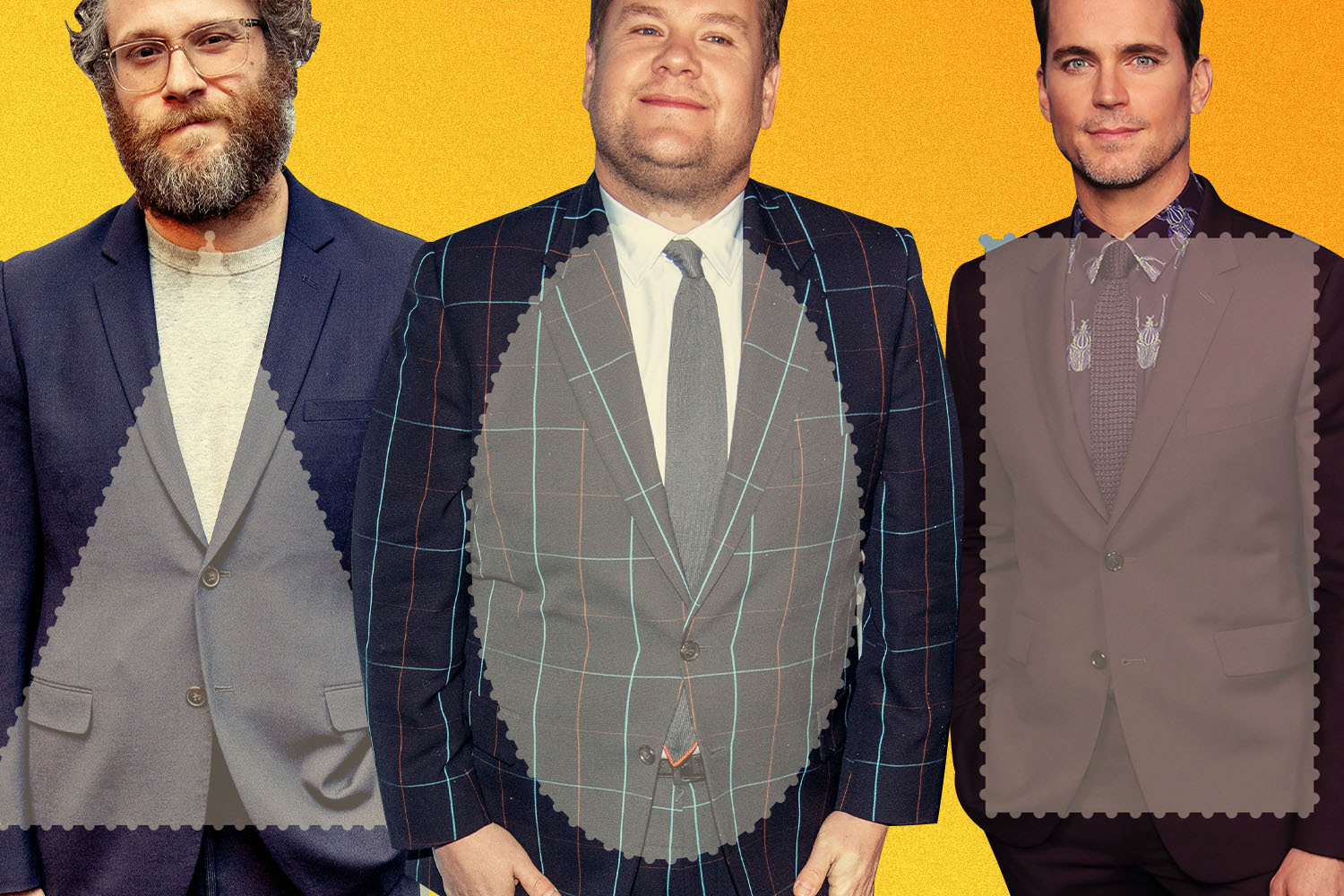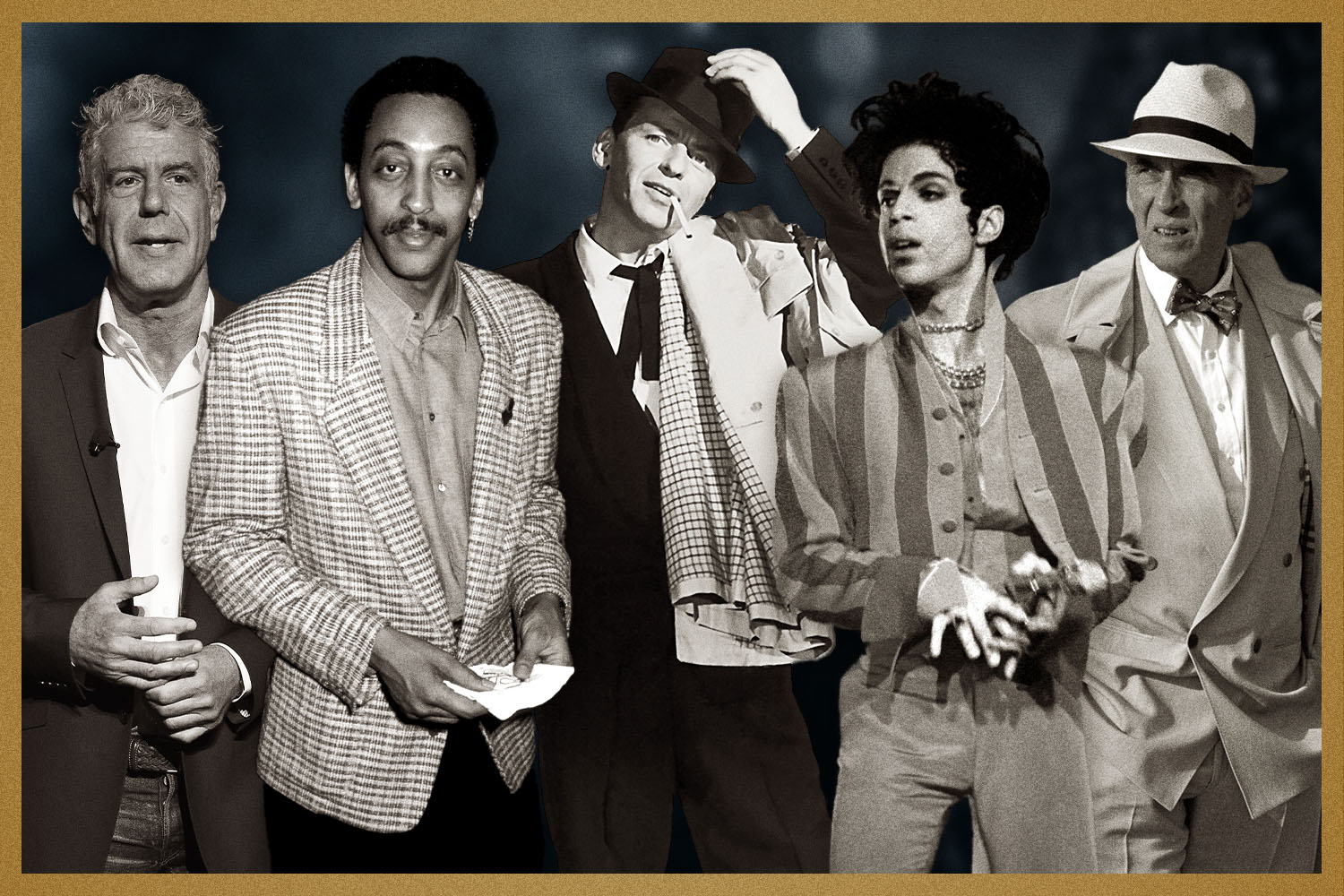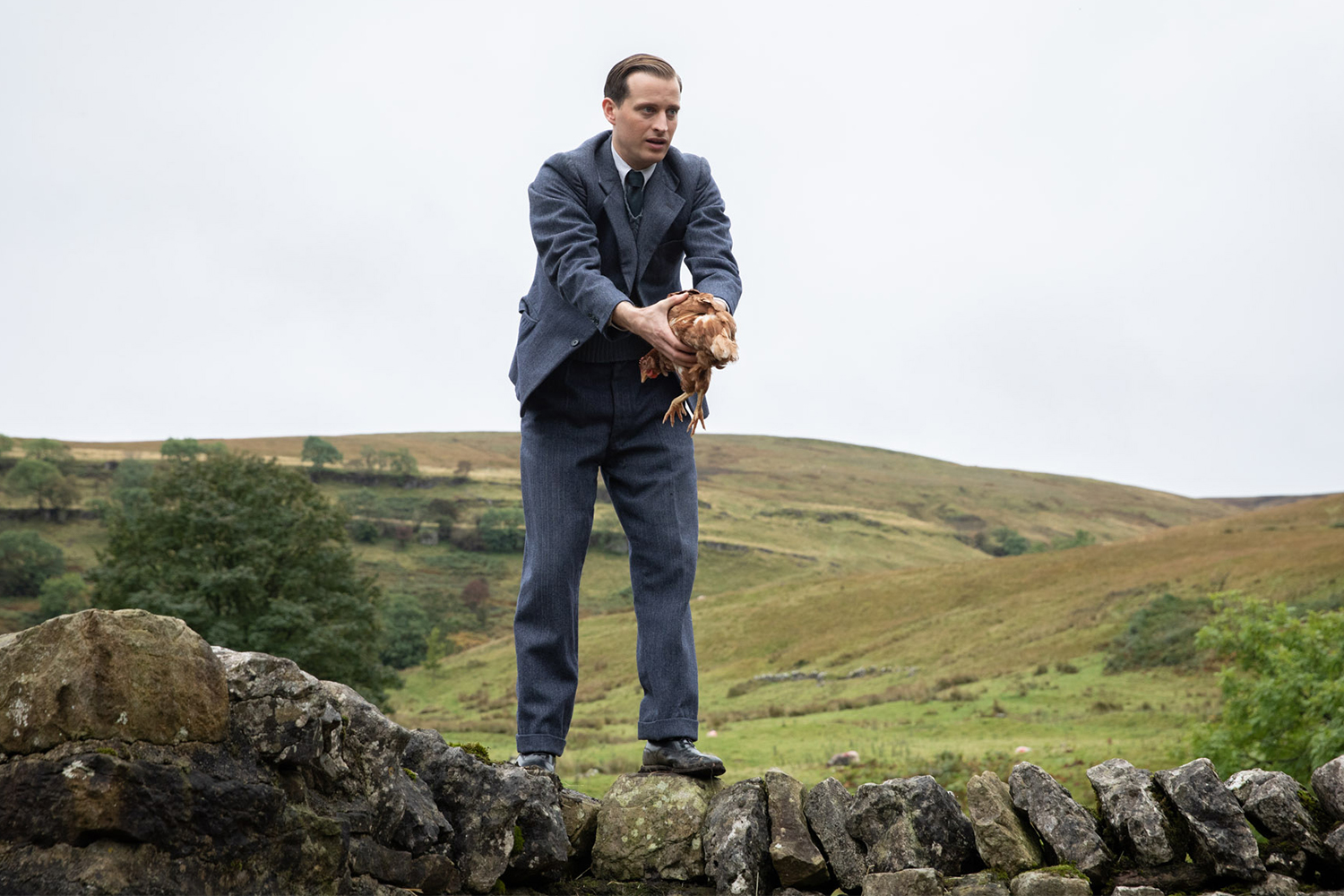When menswear designer Todd Snyder struck out on his own after working through the ranks at Polo Ralph Lauren, The Gap and J.Crew, the Iowa native knew he’d tapped into something. After all, it was longtime GQ creative director Jim Moore who gave Snyder the swift kick in the chinos he needed to start his eponymous line, and after he debuted it in February 2011 in the wake of New York Fashion Week, the other men’s style mag of note called the debut “a well-edited riff on all things U.S.A.” from a designer men “should be paying attention to.”
Ten years after that proper introduction, not much has changed from Snyder’s original Americana formula, as evidenced by his new TSX collection that showcases his greatest hits. The one thing that has? Lots more people are paying attention.
He’s about to open his fourth store in New York, at Rockefeller Center. His collaboration with L.L.Bean, the hit of New York Fashion Week just before the pandemic swept in (the show was attended by everyone from Andre 3000 to Andy Cohen), is about to see its second release. And while other men’s brands may be planning even more radical forays in the digital space, in our age of Amazon and COVID, Snyder did the direct-to-consumer thing early and is now looking to plant a physical retail presence in a sartorial epicenter near you.
While Snyder’s rise may seem preordained, with a stacked resume like his, the affable Iowan assures us it was not. When we caught up with the designer to debrief after his first decade championing his own wares, he let us in on a little-known secret: he almost gave up on Todd Snyder the brand and decamped to a certain sneaker company.
For the sake of our own wardrobes, we’re sure glad he didn’t.
Interview has been condensed and edited for length and clarity
InsideHook: What sticks out in your mind from when you debuted your line back in 2011?
Todd Snyder: I obviously have been in the industry for a really long time and worked for some of the best people that I wanted to get the experience from. One being Mickey Drexler, who really played such a big part in my career. But Ralph Lauren was the other. And I knew, when I turned 40, around 40, that year, and said, “If I’m ever going to do my own thing, I need to do it.” But what really gave me the confidence was Jim Moore from GQ.
I remember when I was working at J.Crew he would come through the showroom and would always be like, “Wow, are you ever going to do your own thing?” He would always walk the trade shows back in the day, and I remember, specifically — because starting your own thing, it’s very daunting, and I was scared — and I remember showing him the collection. And he’s like, “You’re ready.” I had made some samples, and I knew Jim usually would come to PROJECT Vegas. I was in a friend’s booth helping, and I had a big duffel bag full of clothes and I brought it specifically to show him. After I showed it to him, he’s like, “You’re ready. You need to do this now.”
Because when I had left J.Crew, it wasn’t the best timing. It was 2009, the recession and everything. It was just — it was crazy. But I kind of knew that I really wanted to do this. And yeah, I was scared, scared shitless, to be quite honest with you, when I did it. But it was just something I knew that I wanted to do. He gave me that confidence to break through and, lo and behold, I’m super fortunate now; I mean, we actually get to work together on the collection and he not only helps with styling but really has been a great partner helping me with the entire brand from fashion shows to everything.
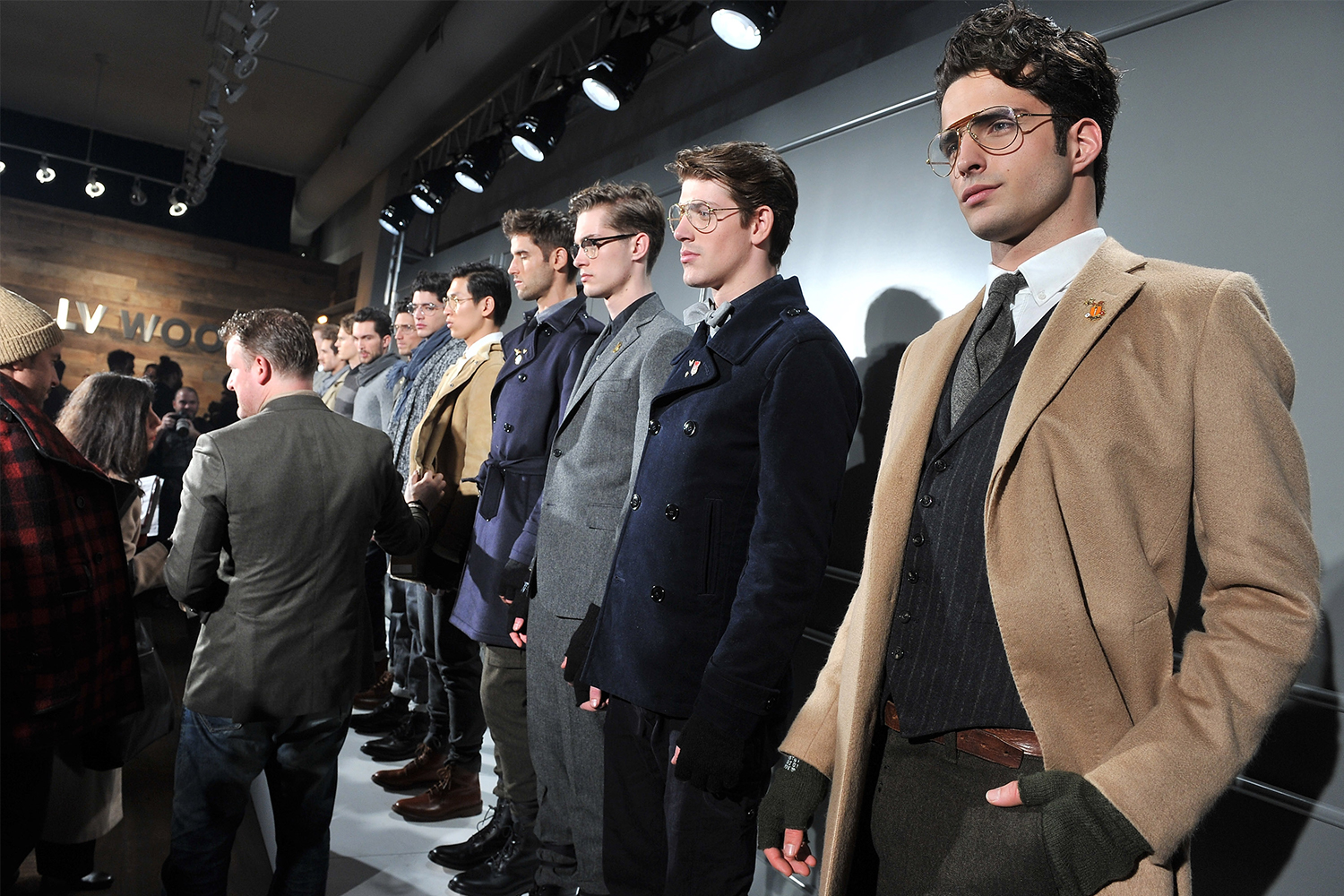
When you first debuted the line to the public in February 2011, I read that you did it a week after New York Fashion Week. Was that a specific choice that you made? Or was it just about the timing working out that way?
It was a conscious choice. I mean, I was cobbling together [the line], I self-funded the entire thing. I was working freelance. This is the story nobody really knows, that starting your own collection always sounds very, “oh, that’s so cool and chic,” but it’s really expensive. I, specifically, was working like two or three other jobs, and I was always hustling, trying to make enough money to do my collection.
So the reason I picked it after Fashion Week was to really get some savings. Typically speaking, it’s a little easier to get. Also I wanted people to come to the show, and I was brand new, so I was worried that I wasn’t going to get any people to come to my show versus an established designer, and I wanted to have that interspace to really showcase it. For my presentation, it was simple. I partnered with LV Wood, which is a cool flooring place. We actually used their flooring in all of our stores. They gave me the space for free, and that was very needed.
A lot of people talk about your background from Iowa and having this Midwestern sensibility. Some people say you aren’t as ego-driven as some other designers, which maybe has kept you under the radar in certain respects. But then when that L.L.Bean collection came out and it was such a big hit, people said it was your “Iowa nice” factor that led to that collaboration. Thinking about your background, what are the ways that it’s either opened or closed doors for you throughout the last 10 years?
I think it’s a blessing and a curse. To your point, it definitely has opened a lot of doors for me in getting the experience, and then, also just being a nice person has always been my mantra. I love to work. I work extremely hard. I’m always pushing boundaries. But at the end of the day, I want to have fun and I don’t want to be a jerk, and I think that’s always served me well. There’s the old saying that nice guys finish last, but I think I’m hopefully breaking that stereotype.
I mean, it does work for me. And yeah, I’ve felt that before, like kind of being humble and “aw, shucks,” whatever. I do think it does a little bit of a disservice, in some regards, but I think the way of old designers, they had their own personas. You watched the Halston movie and you see how he was affected by all of that. I’ve never let it affect me. I enjoy what I’m doing and I think my customer actually appreciates it because I think they can relate to who I am, as opposed to: “I’ve got an amazing penthouse, and I have a place in the Hamptons.” I don’t think that’s as relevant as it used to be, meaning for people to aspire to a brand. I think that’s what separates me from, say, a Ralph Lauren, is I’m a lot more real. Not that Ralph isn’t, but it’s hard to relate to [those] things when I think, today, people like authenticity and people that are real. At least our customer, I think, is really into the story and what I’ve done and how I’ve gotten to where I am.
As you mark the occasion of your 10-year anniversary, I’m sure you’re thinking back over the years. Does any one accomplishment stick out? A certain store opening or collab?
I think the first store I ever opened was — we did a collaboration with Champion, are still doing one — but we opened City Gym. For me, that’s what changed the game because I was able to create an environment, create this unique point of view on a brand that I love. Coincidentally, that actually was what brought American Eagle to my doorstep, because [American Eagle CEO and Executive Chairman] Jay Schottenstein came in, was shopping, and was like, “Who is this guy? We’ve got to bring him on the team.”
But [City Gym] for me, selfishly, it gave me an opportunity to express my point of view. I think it was the first stake in the ground with Champion that put us on the map as a serious contender. I knew collaborations were going to be my secret sauce, and working with Champion out of the gate — I mean, it was like two years after I started — really helped catapult me into a different level.
Speaking of American Eagle, how did that acquisition and investment change the trajectory of Todd Snyder the brand?
It was really necessary. What I mean by that: I didn’t think I was going to make it, to be honest with you. We were still growing. Every year-over-year we were growing, we were opening stores in Japan, and we were doing well, but you need so much cash to run a business. Then, the bigger you get, the harder it is to fund it.
I was working like three jobs, and I remember I was interviewing at Nike. I was actually considering leaving the business. But that year we started talking to American Eagle, to Jay Schottenstein and [Global Brand President] Chad Kessler, who’s my current boss. He was the one that really made it happen. We started talking about it. Actually that year, as it happens — it rains, it pours — we had like two or three other people that were looking into buying us. I was just so happy to make that happen, meaning having American Eagle buy us. Legitimately, I was ready to call it quits because I couldn’t afford to keep it funded.
Wow, that’s amazing. The idea of you stopping Todd Snyder and going to Nike or something, it’s crazy to think about that in 2021.
Yeah, I look back at that and that’s a story no one knows. But yeah, it was tough. It wasn’t easy. That’s the thing, we were in the best stores, we were in Neimans, we were at Bergdorfs, we were in Nordstrom. We were growing, and we were growing internationally, and I couldn’t fund it.
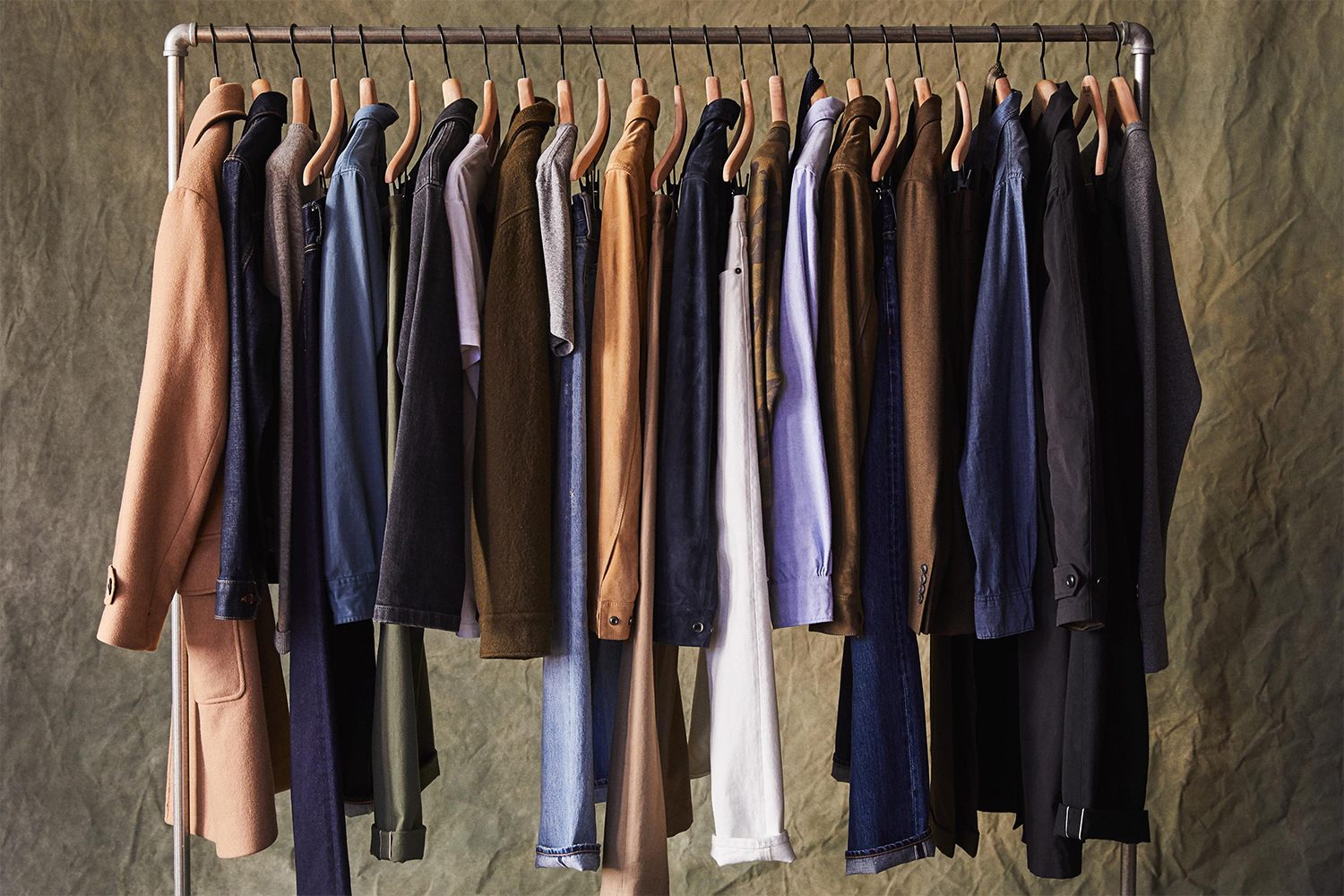
In terms of your 10-year TSX capsule collection that you put together, how hard was that to assemble? Is that something where you knew exactly what you wanted to include in your “greatest hits,” or are there a few pieces that were waffling and ended up being cut?
It’s always tough to edit. That’s probably my weakness, editing. But I started the whole brand off the premise of creating these luxury basics for men, and whether it’s a selvedge Oxford shirt that we use Japanese fabric on; or making a military trench coat that reinvents the overcoat for a guy; or I always feel like suede is a luxury item for a guy; and our cashmere, we have garment-dyed cashmere that’s one of our basics too. So a lot of this was already part of the original launch, and then we just did it in a special color or did a different pattern, or what have you. I went back to the archive and dug through. And the good news is, all of those, they never really go out of style. That’s what’s great about menswear.
My philosophy has always been [that] you build up a foundation, and then when the new fashion comes along you have something to layer on top of, and you always have this kind of steady style that continues and evolves over time. I think in menswear especially, it’s more evolution as opposed to revolution. It was nice to look at the whole body of work together and just style with those items. It actually proved my theory. So, it works.
You’ve done a number of collabs, which, as you said, is something you’ve been doing since pretty much the beginning. Are there any that stick out to you? I remember you did that Land Cruiser, which was fun.
It’s kind of the same thing, trying to pick your favorite kid. But I love doing collaborations for a lot of reasons. Selfishly for me, it helps inspire me and gets me excited. I love seeing how people create. I love seeing the process of how people inspire themselves and how they go about work. But I have to say my favorite is certainly Champion because it put a stake in the ground and, I think, set the stage for everything. I think the most unique one was definitely the Land Cruiser where I was able to kind of mesh the two worlds. I would say the other one that is high up there is — I mean, L.L.Bean was amazing — but what I really enjoyed even more was I did an interior of a cabin up in Hidden Pond.
It was inspired by the show that we did with L.L.Bean. That for me was really awesome because it stretched me and challenged me in a different way to think about something a little more dimensional and thinking about a physical space. I’ve been fortunate enough to have three stores that I’m very involved with designing, and then my mother was an interior designer and I think I kind of went back to those days. I was channeling her a lot when I was doing the project. I enjoyed it, taking textiles and using them in bedding or pillows and things like that to make the space look new and different. I love the way it came out. I was up there actually a couple of weeks ago, and we opened about a year ago. It’s definitely the favorite cabin of not only people who work there but the people who come and stay. That’s always the highest requested room.
Yeah I remember reading about that, I’ll have to go back and look at the photos again.
It’s called Hidden Pond up in Maine. You should. It’s really amazing. It made it into Architectural Digest, and just getting into Architectural Digest alone was a dream of mine, so it’s nice to have that.
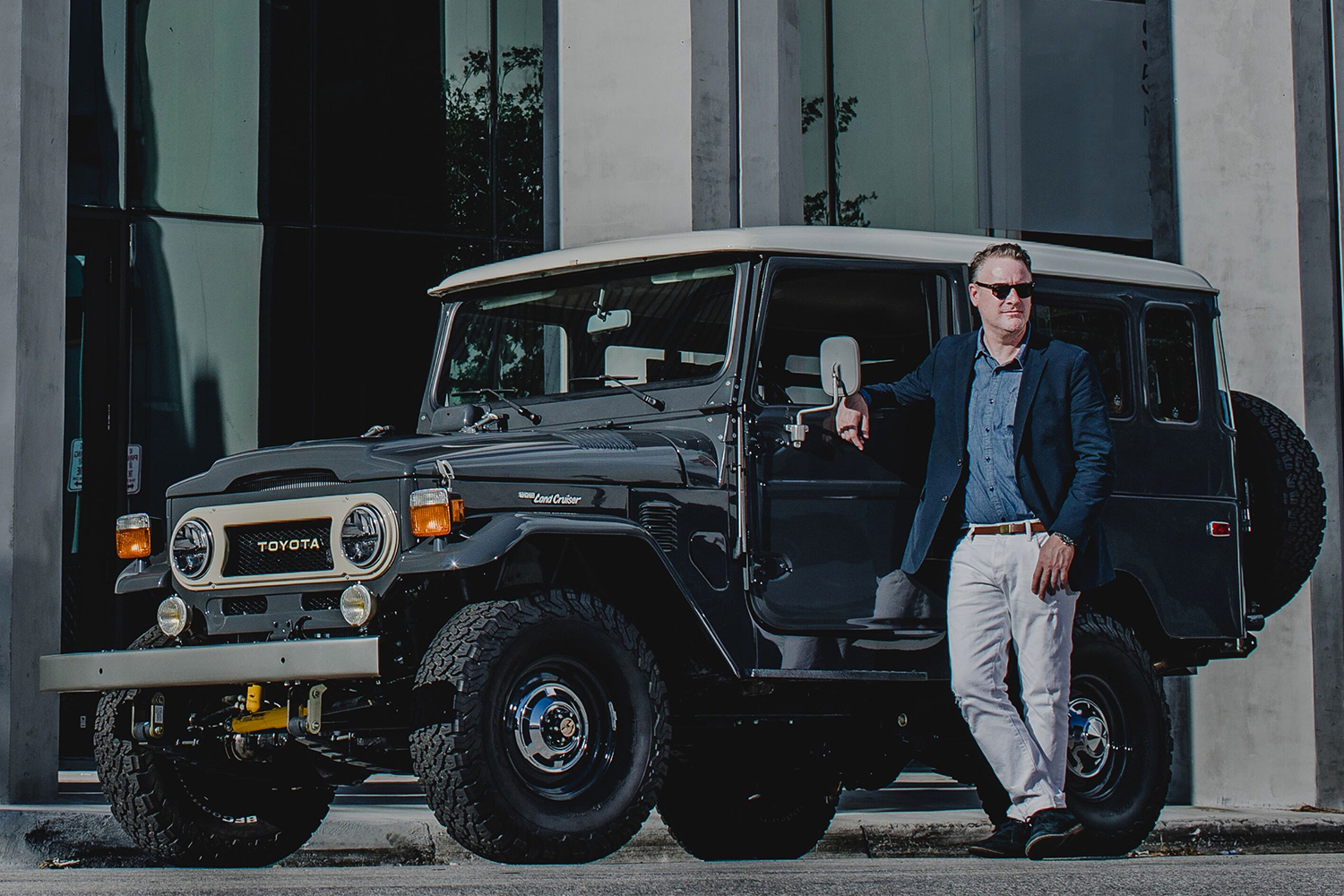
One of our writers did an interview with you five years ago, getting some style advice for our readers. When she asked about jewelry, you said that masculinity is important. I thought that was an interesting comment to look back at now, because looking at the landscape of menswear it seems a lot of brands are struggling with that idea in this more fluid age. For you and for Todd Snyder the brand, what’s important about masculinity?
I think masculinity in general is being redefined every year. I’ve always looked at gentlemen, and the thing we always try to underline is being gentlemanly. I think it goes back to being nice as well. But I always think of gentlemen as someone who dresses well. One of the quotes we’ve always put in our — it’s in the bottom of all of our shopping bags — is from Oscar Wilde, saying, “You can never be overdressed or overeducated.” I think it’s a good mantra to follow.
When I look at design, I envision myself or my customer as Paul Newman, to be very honest with you, and how he dressed and carried himself. He was the ultimate gentleman, he had great style and was a great family person, a great philanthropist. For me, I always thought of him; if you go to the south of France, what would he wear? He wouldn’t change his persona, he would just adapt to the surroundings, and that’s how I design and I think about our customers. If they were to travel somewhere exotic, what would they wear? If they even traveled to a city, what would they wear? That’s how I think, just making sure I’m giving them options and the tools to dress better.
A lot of our readers will be very familiar with you, but if somebody is reading this and they haven’t seen your clothes or worn your clothes, is there one garment, 10 years later, where you’d say this is a good summation of who I am?
I would probably say it’s our suede Dylan Jacket. It’s a denim trucker, but made in suede. It embodies who I am. It’s something that’s very versatile. You can obviously wear it as an outerwear piece, but we get a lot of people that, they’re walking the red carpet or what have you, and they wear it as that third piece. We always call those things the “third piece,” because really, it’s a pant, it’s a top, but then having that extra piece that makes the outfit, the Dylan embodies that. Plus it’s made in Italy; it’s amazing quality. I mean a thousand dollars — it’s $998 — it sounds like a lot of money, and it is, but it’s a great investment. But also if you were to look at a similar jacket from anyone else, it’d probably be double, triple that.
When I made the decision to do my own thing, I wanted to make sure that we had these luxury basics, but then making sure that it’s approachable. I just remember I would shop at stores and people are charging $400 for a shirt. Who are these people?
I use the best fabrics in the world. I work with some of the best mills in Italy and Japan, and what we offer the customer is great quality that, for J.Crew when I was there, it was too expensive for J.Crew, but when I worked at Ralph Lauren, we would have used those fabrics, but it would have been super expensive. So I always wanted to make sure to have a balance. That’s a reason why I did what I did — to make sure I have sensible luxury.
This article was featured in the InsideHook newsletter. Sign up now.
